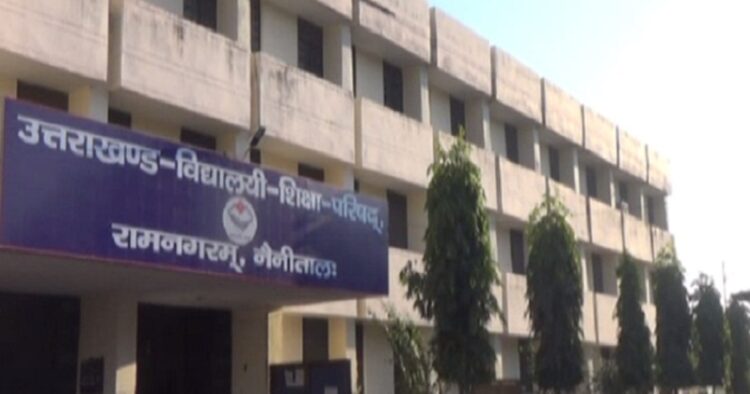Dehradun, 3 February (HS): School education in Uttarakhand is being redesigned in accordance with the National Education Policy-2020. Now students will have to study more subjects at the primary, upper primary and secondary levels. The State Curriculum Steering Committee has approved this draft, which is being prepared to be sent to the government for final approval.
The draft of the state curriculum was presented before the steering committee under the chairmanship of Additional Director SCERT Pradeep Rawat in the auditorium located at Nanurkheda.
According to the approved draft, seven subjects will now be taught to students from third to fifth class at the primary level. These include Hindi, English, Sanskrit, Mathematics, the world around us, art education and physical education. Earlier, only Hindi, English, Sanskrit, environment and mathematics were taught in these classes.
Similarly, a total of nine subjects have been included at the upper primary level from sixth to eighth class at the upper primary level. These include Hindi, English, Sanskrit, Mathematics, Science, Social Science, Arts, Physical Education and Health, and Vocational Education. Apart from this, students will also be given the facility of studying through online medium, so that their education is not interrupted if they are absent.
Mathematics in class IX and 10 Under compulsory school education, mathematics has been made compulsory in class IX and 10, but it will be evaluated at general and higher level. Students who want to do general study of mathematics will be evaluated at general level, so that students with less interest in mathematics do not find mathematics a burden.
10 subjects have been included in class IX and 10, Hindi, English, Sanskrit, Mathematics, Science, Social Science, Arts, Physical Education and Health, Education in Inter-disciplinary Field and Vocational Education.
In class 11th and 12th, all the subjects currently being run by the Uttarakhand Board will remain the same with the option of studying according to the new subject group in accordance with the recommendations of the National Education Policy-2020.
School time as per geographical disparity School time and time division cycle can be made as per geographical disparity of the state. The time of opening and closing of the school at the development block level will be according to geographical conditions. But, there will be no reduction in the time set for teaching and learning in the school.
For the first time, vocational education has been added to the curriculum of school education, so that education is employment oriented and they can get help in making a career. Emphasis has been laid on understanding based education instead of rote learning system. For capacity enhancement of teachers, 50 hours of continuous professional development will be done through in-service training. Indian knowledge tradition has been incorporated in vocational education. Apart from this, keeping in view the possibility of local businesses, mushroom production, dairy, poultry farming, heritage tour guide, beauty therapist, soil and water testing laboratory, assistant, horticulture, flower farming, sheep and goat rearing, bakery etc. have been included in the curriculum.
Hindusthan Samachar

















Comments